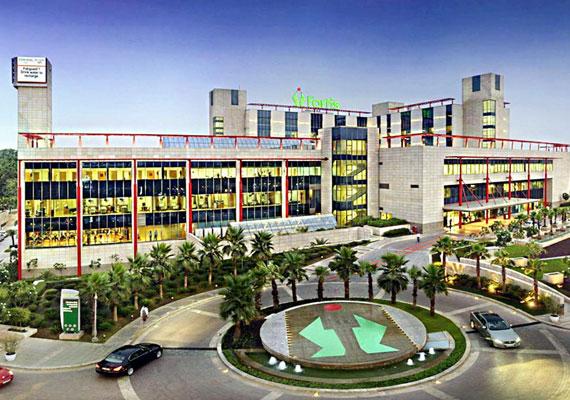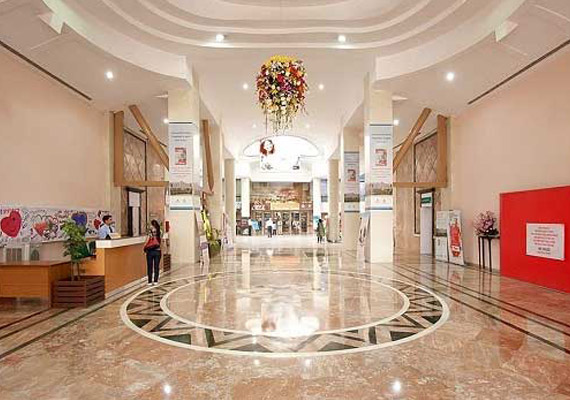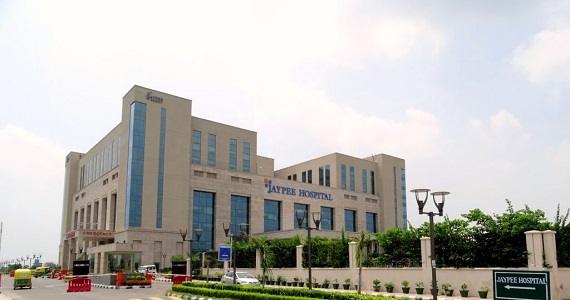Caesarean (LSCS) Treatment in India
treatment
starting from
Introduction:
Caesarean section, also known as C-section or LSCS (Lower Segment Caesarean Section), is a surgical procedure used to deliver a baby through an incision in the mother's abdominal wall and uterus. It is an alternative to vaginal delivery and is often performed when normal delivery is not possible or deemed unsafe for the mother or baby. Caesarean section has become increasingly common in recent years, and its medical indications have expanded, leading to debates about its appropriate use. This article explores the principles, symptoms, causes, treatment, benefits, cost in India, and the significance of Caesarean section in modern childbirth.
Principles of Caesarean Section: Caesarean section is a surgical procedure performed under regional or general anesthesia. The key principles of the procedure are as follows:
- Anesthesia: Before the surgery, the mother is given either regional anesthesia (epidural or spinal) or general anesthesia to ensure she is unconscious and pain-free during the operation.
- Incision: A horizontal or vertical incision is made in the lower abdomen, usually along the bikini line, to access the uterus.
- Uterine Incision: A second incision is made in the uterus, typically in a horizontal fashion (transverse incision) along the lower segment.
- Delivery: The baby is gently lifted out through the uterine incision and then the abdominal incision.
- Placental Delivery: After the baby is born, the placenta is delivered and the uterine incision is sutured closed.
Causes and Indications for Caesarean Section:
Caesarean sections may be planned (elective) or performed in emergency situations. The following are some common indications for Caesarean section:
- Fetal Distress: If the baby shows signs of distress, such as an abnormal heart rate, during labor or delivery, a Caesarean section may be performed to expedite delivery and ensure the baby's well-being.
- Abnormal Presentation: If the baby is not in a head-down position (breech, transverse, or shoulder presentation), a C-section may be recommended to avoid complications during vaginal delivery.
- Placenta Previa: When the placenta partially or completely covers the cervix, a vaginal delivery may be risky due to potential bleeding, necessitating a C-section.
- Placental Abruption: In cases where the placenta detaches from the uterus before delivery, an emergency Caesarean section may be necessary.
- Multiple Pregnancies: Women carrying twins, triplets, or more may require a C-section if there are complications during labor or if the babies are not positioned optimally for vaginal delivery.
- Previous C-section: Women who have had a previous C-section may undergo a repeat C-section due to the risk of uterine rupture during labor.
- Maternal Health Conditions: Certain maternal health conditions, such as uncontrolled diabetes or high blood pressure, may necessitate a Caesarean section to reduce risks to both the mother and baby.
Treatment: Caesarean Section:
Caesarean section is a surgical intervention, and as such, it is performed in a controlled and sterile environment by a skilled surgical team. The mother is carefully monitored throughout the procedure to ensure her safety and well-being. Following the surgery, the mother is typically observed for a few days in the hospital to monitor her recovery and ensure that both she and the baby are healthy.
Benefits of Caesarean Section:
Caesarean section can be a life-saving procedure when medically indicated. Some of the benefits include:
- Safe Delivery for High-Risk Pregnancies: In cases where vaginal delivery may pose significant risks to the mother or baby, a Caesarean section offers a safe alternative.
- Planned Timing: Elective C-sections allow for planned timing of delivery, which may be beneficial for certain medical or personal reasons.
- Avoiding Prolonged Labor: For some women, vaginal delivery may be prolonged or difficult, and a C-section can provide a quicker and more controlled delivery.
- Reduced Risk of Birth Injuries: In situations where the baby is in a difficult position or has a large head, a C-section may reduce the risk of birth injuries.
- Prevention of Vertical Transmission: In cases where the mother has certain infectious diseases, such as HIV or genital herpes, a C-section can reduce the risk of vertical transmission to the baby.
Cost of Caesarean Section in India:
The cost of Caesarean section in India can vary significantly based on several factors, including the hospital or birthing center, the type of anesthesia used, the complexity of the procedure, and any additional medical services required. On average, the cost of a Caesarean section in India ranges from ?60,000 to ?2,50,000 or more.
Conclusion:
Caesarean section, also known as C-section or LSCS, is a surgical procedure that provides a safe and viable option for delivering babies when vaginal delivery is not possible or deemed unsafe for the mother or baby. While the majority of deliveries worldwide are still normal vaginal births, the rate of Caesarean sections has been increasing due to medical advancements and changes in medical practice.
When medically indicated, Caesarean sections can be life-saving and offer numerous benefits, including safe delivery for high-risk pregnancies, reduced risk of birth injuries, and planned timing for certain medical or personal reasons. However, it is essential to carefully weigh the medical indications and potential risks and benefits of the procedure to ensure its appropriate use and avoid unnecessary interventions.
As with any surgical procedure, Caesarean sections carry certain risks and require careful consideration and medical expertise. By promoting evidence-based practice, informed decision-making, and appropriate medical indications, healthcare professionals can continue to ensure the safety and well-being of both mothers and babies during childbirth. Ultimately, the goal is to provide the best possible care and support to expectant mothers, regardless of the mode of delivery, to ensure a positive and healthy childbirth experience.
How It Works
Need help in organizing medical travel to India?














